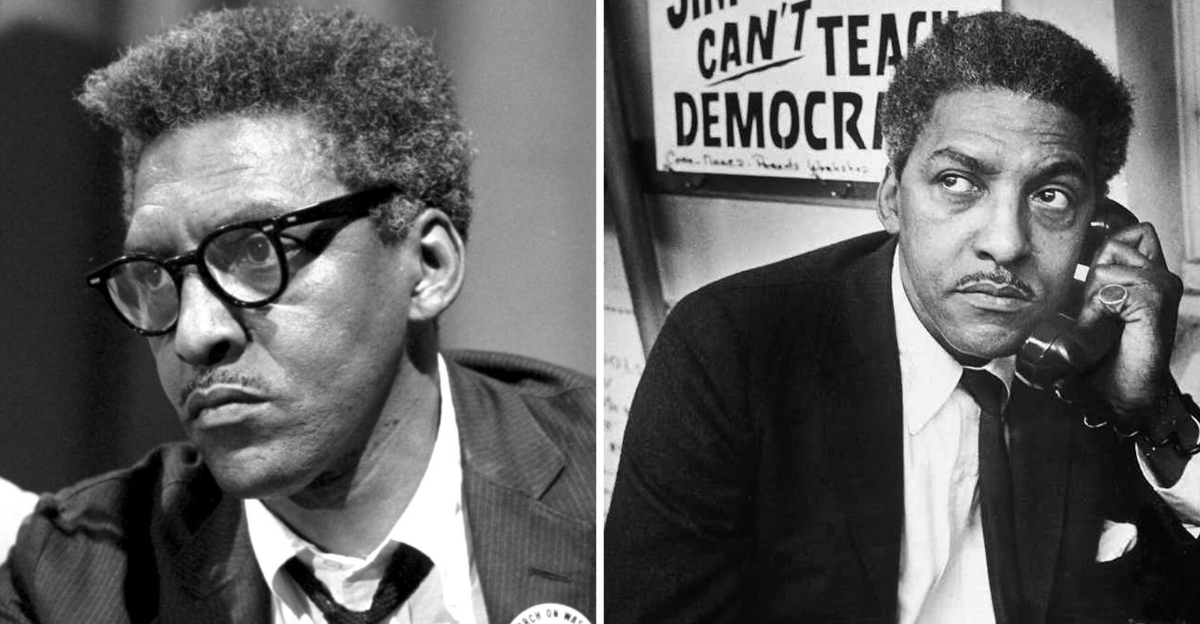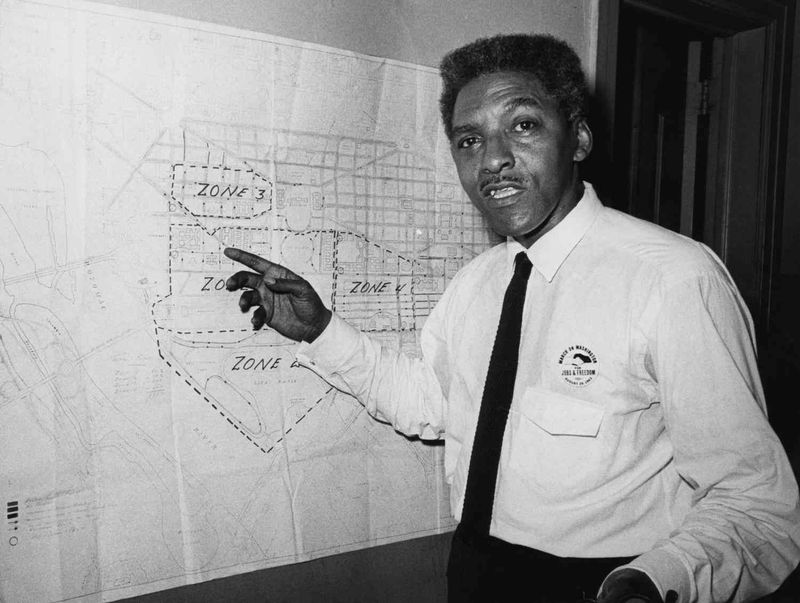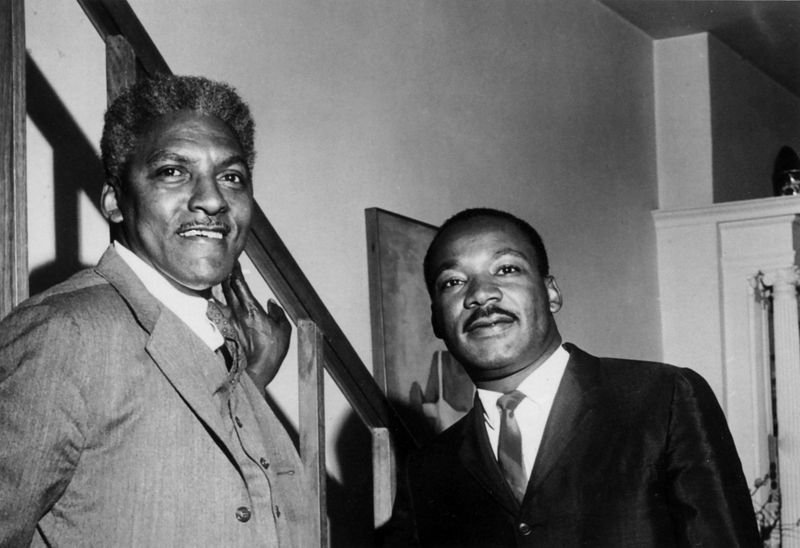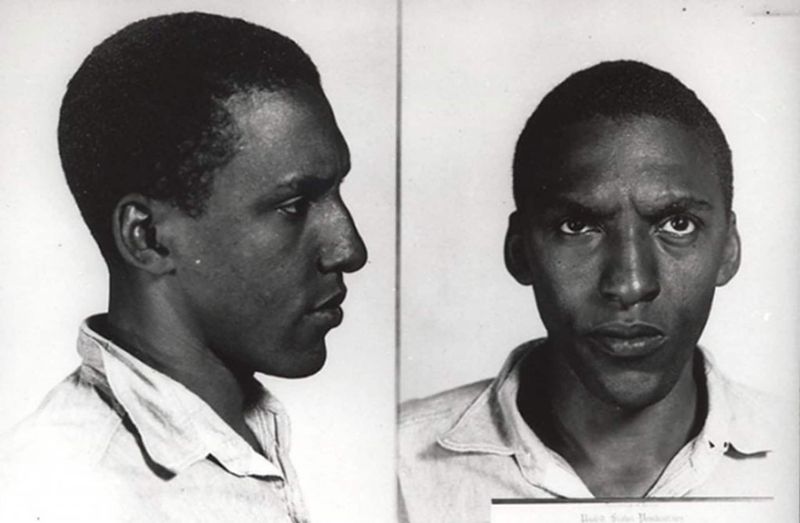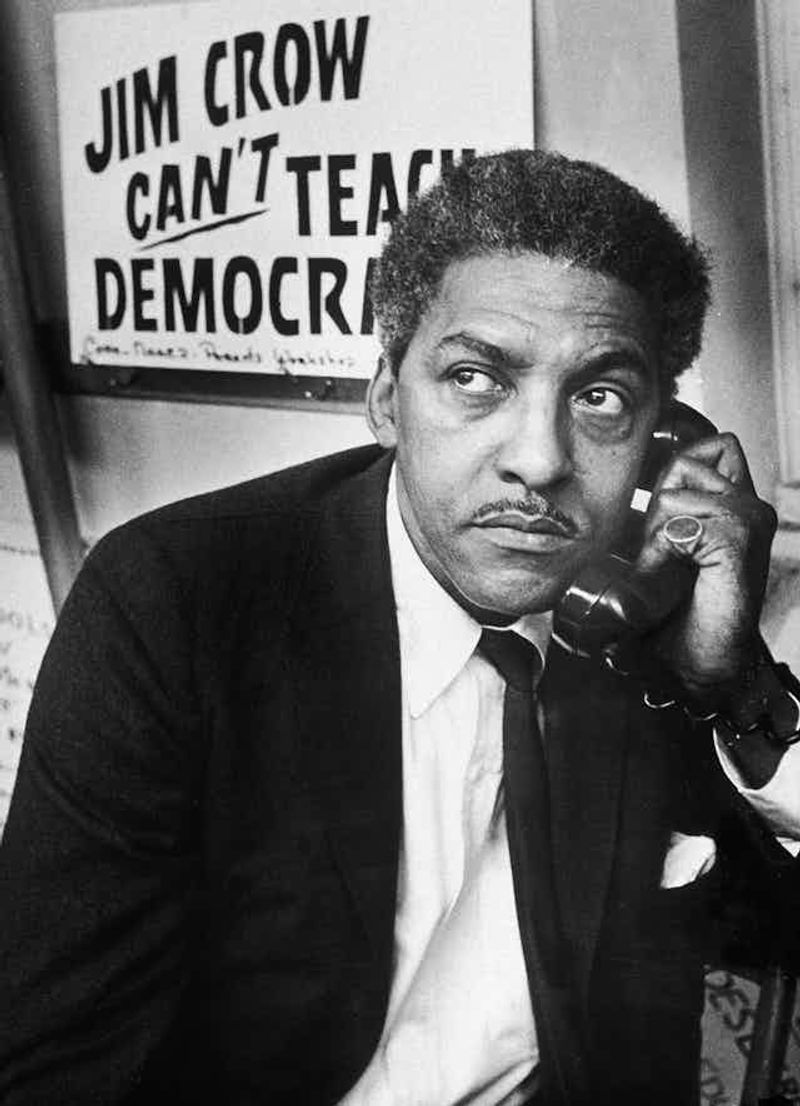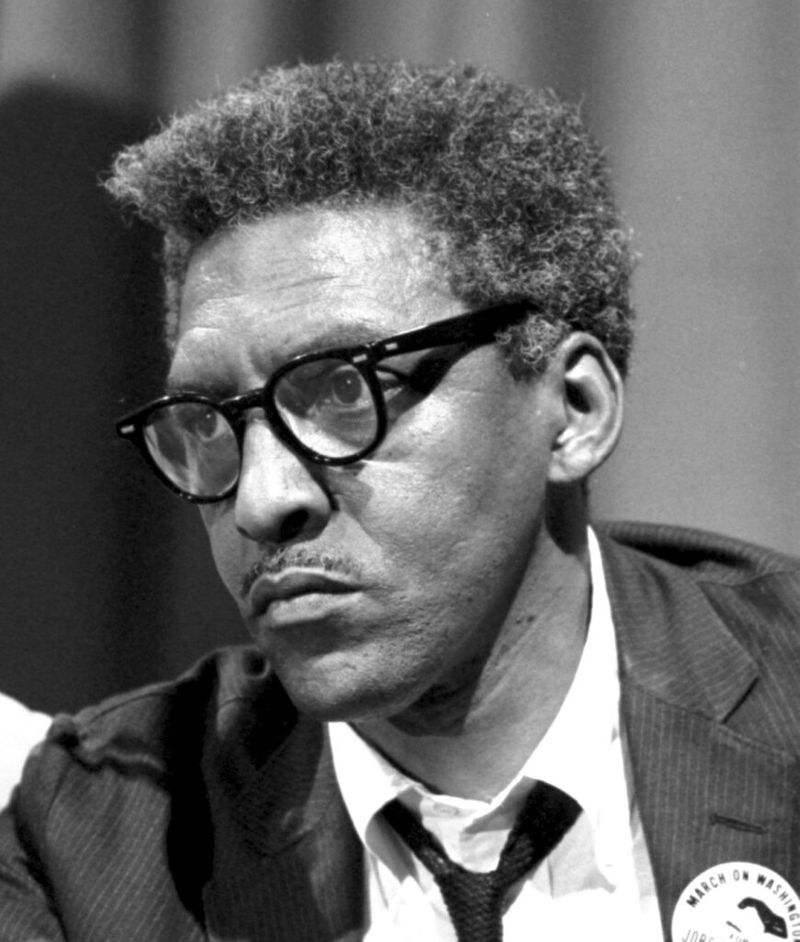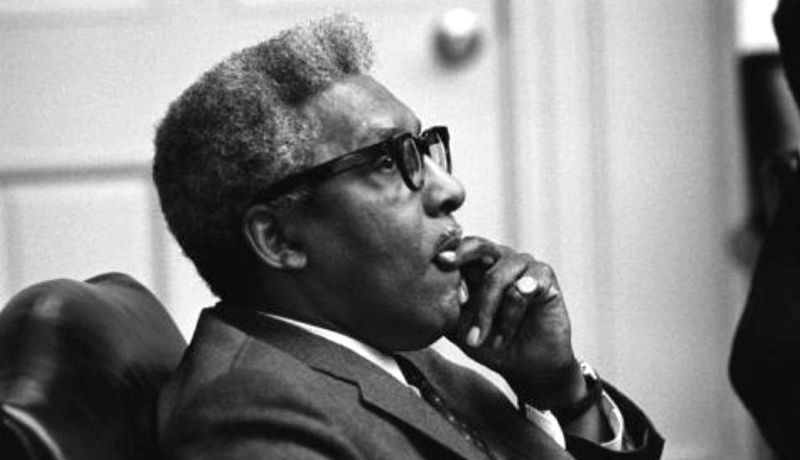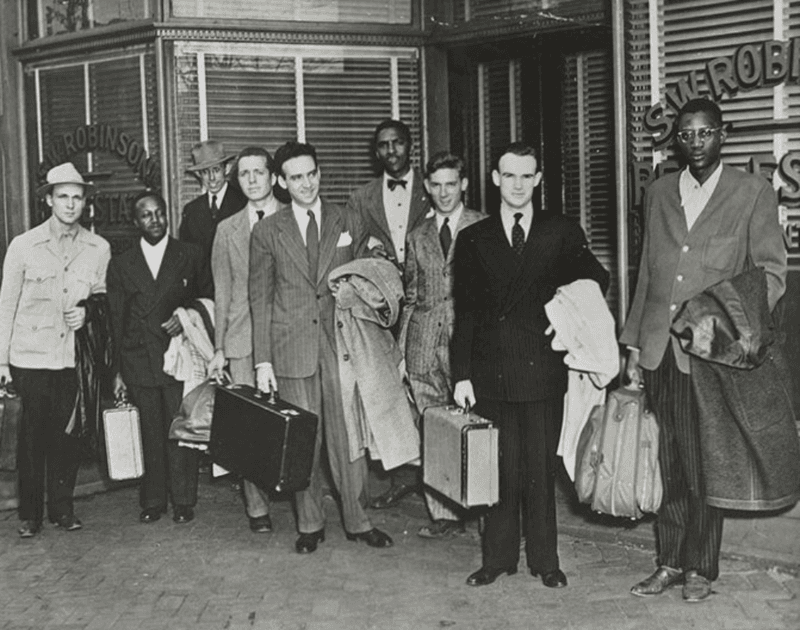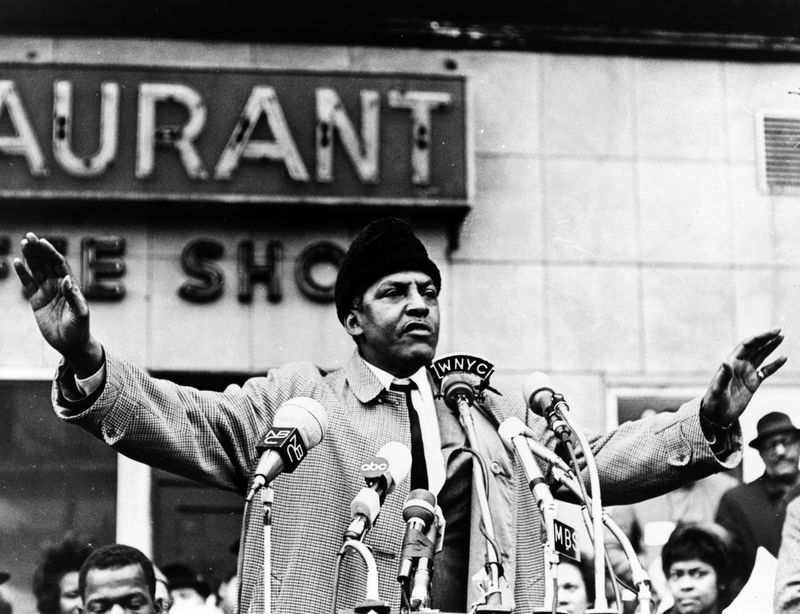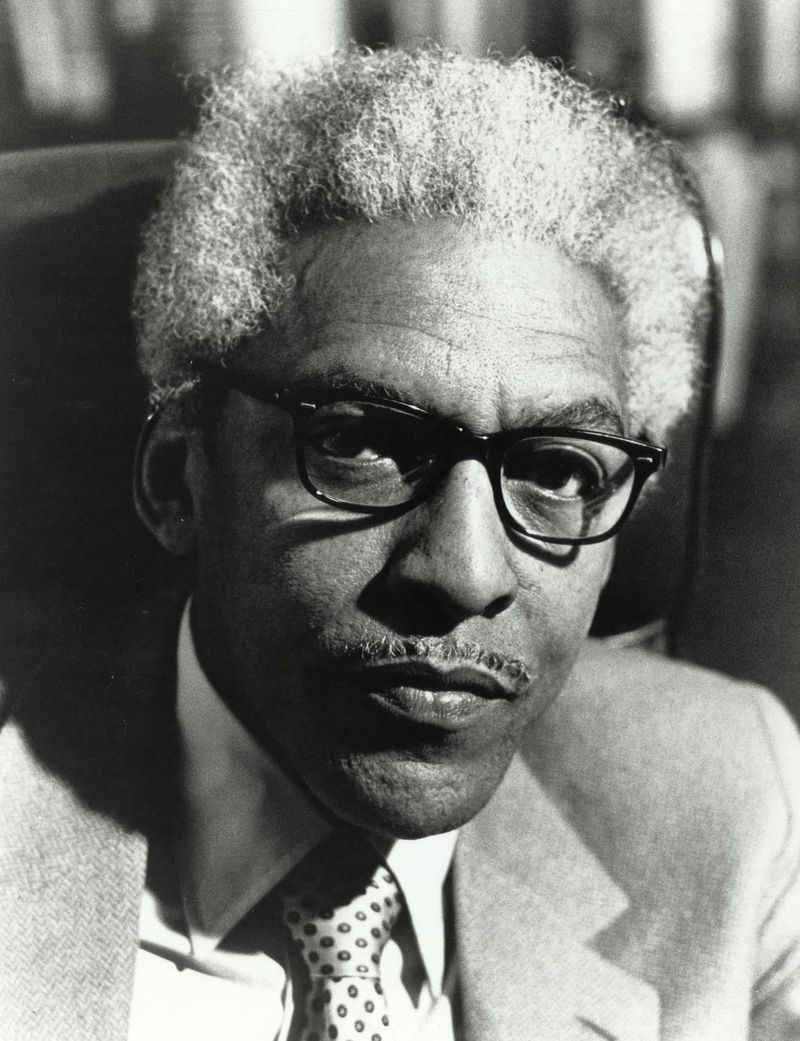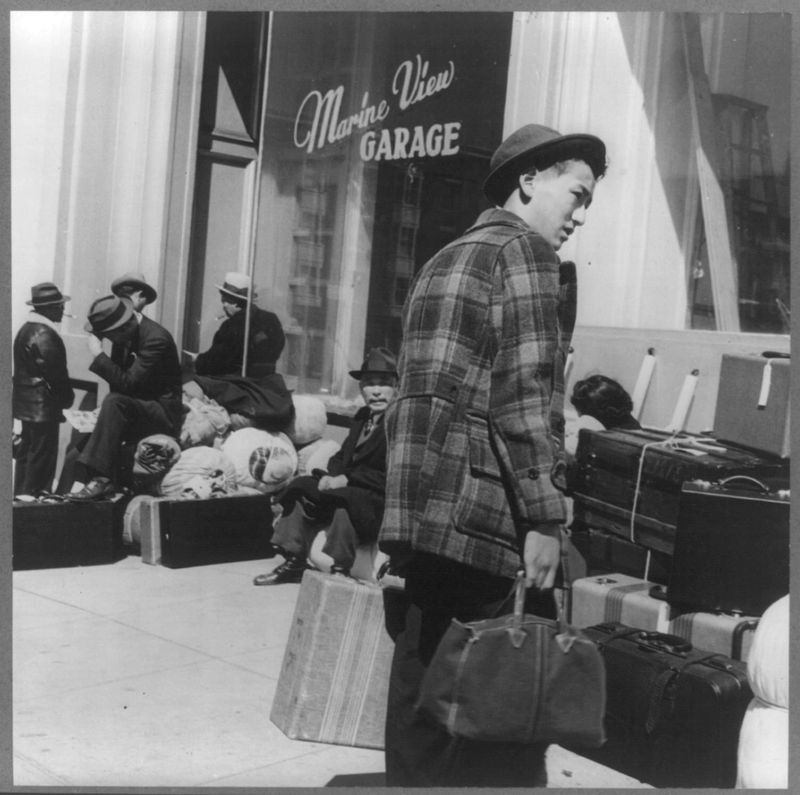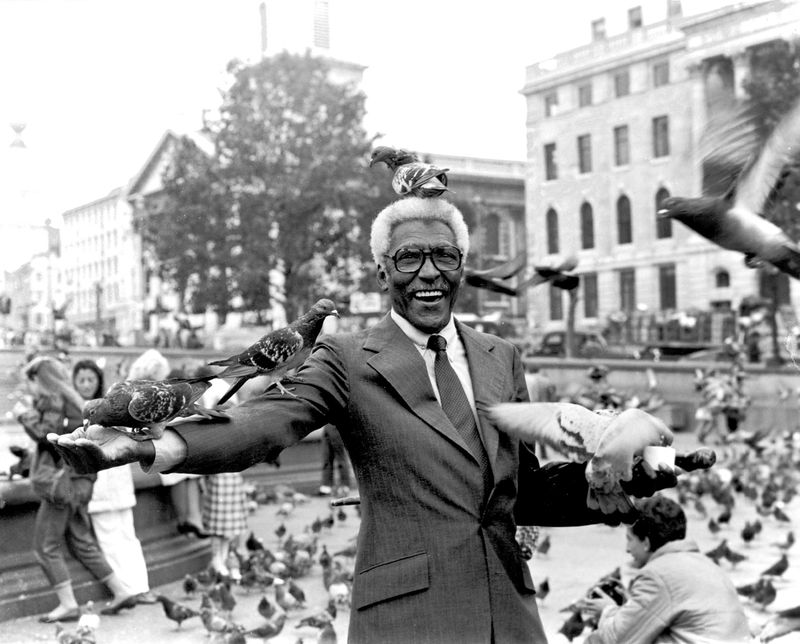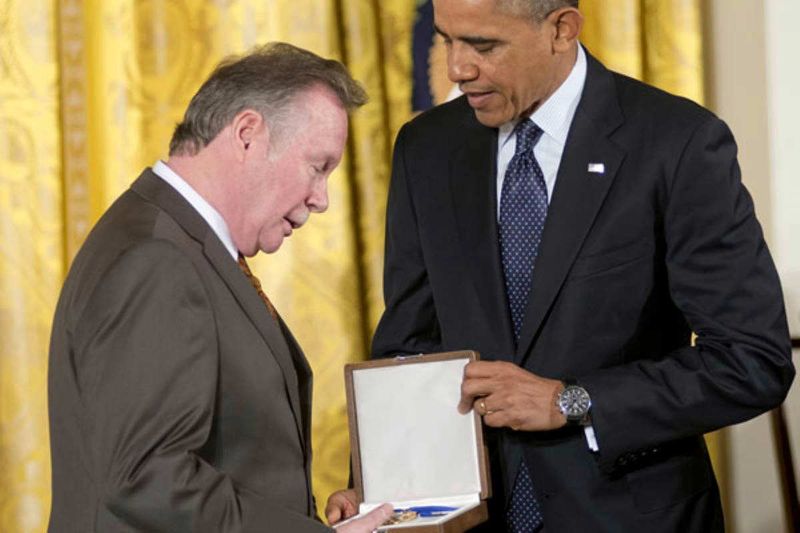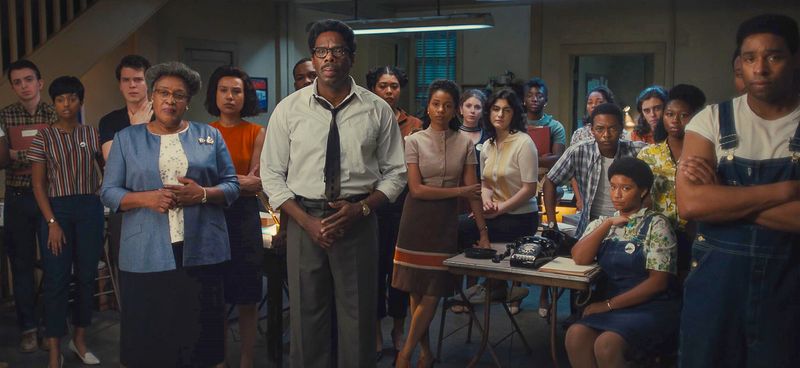Bayard Rustin shaped American history as a brilliant strategist behind the Civil Rights Movement, yet his name often remains in the shadows. As an openly gay Black man in the mid-20th century, he faced discrimination on multiple fronts while orchestrating some of the most significant protests for equality. His dedication to nonviolence, strategic thinking, and unwavering courage created a blueprint for social justice movements that continues to inspire activists today.
1. Mastermind of the 1963 March on Washington
Few people realize that the iconic gathering where Martin Luther King Jr. delivered his “I Have a Dream” speech was orchestrated by Rustin in just eight weeks. With meticulous attention to detail, he created a 12-page organizing manual covering everything from bus parking to sandwich distribution for 250,000 people.
His logistical genius ensured portable toilets, first aid stations, and even designated water fountains were available throughout the National Mall. Despite being pushed to the background because of his sexuality, Rustin’s organizational blueprint became the gold standard for mass demonstrations.
The peaceful gathering became one of the most influential demonstrations in American history, directly contributing to the passage of the Civil Rights Act of 1964.
2. Gandhi’s Philosophy Brought to America
Rustin traveled to India in 1948 to study nonviolent resistance directly from Gandhi’s followers, becoming America’s foremost practitioner of peaceful protest tactics. Upon returning, he transformed abstract philosophical ideas into practical training methods that revolutionized the civil rights movement.
When a young Martin Luther King Jr. faced death threats during the Montgomery Bus Boycott, Rustin arrived to find King’s home protected by armed guards. Through patient mentorship, he convinced King to remove weapons from his house, emphasizing that true nonviolence required both physical and spiritual commitment.
His teachings created the tactical foundation for sit-ins, Freedom Rides, and peaceful marches that defined the movement’s moral authority and effectiveness.
3. Jailed 23 Times for Justice
Rustin’s commitment to civil disobedience came with a heavy personal cost—he was arrested nearly two dozen times across multiple decades. His first imprisonment came at age 30 when he refused military service during World War II, spending 28 months in federal prison as a conscientious objector.
During a 1947 Freedom Ride through the South, he was beaten and arrested in North Carolina for violating segregation laws. While serving on a chain gang, he documented the brutal conditions in an exposé that led to prison reforms.
Rather than viewing jail as something to fear, Rustin considered it “a badge of honor” in the fight for justice, a perspective that influenced countless activists who followed in his footsteps.
4. Unapologetically Gay Activist
“I am many things,” Rustin once declared, refusing to compartmentalize his identity when most gay men lived in secrecy. His openness about his sexuality in the 1940s-60s was revolutionary, predating the Stonewall uprising by decades and occurring when homosexuality was criminalized in every state.
This authenticity came at tremendous professional cost. Congressman Adam Clayton Powell threatened to spread rumors about Rustin and King unless Rustin was removed from SCLC leadership, forcing his resignation in 1960.
Despite these setbacks, Rustin never hid who he was, creating space for future generations of LGBTQ+ activists. In his later years, he explicitly connected gay rights to the broader civil rights struggle, arguing that “every barometer of freedom” must include LGBTQ+ equality.
5. California’s Historic Pardon
On a January night in 1953, Pasadena police officers caught Rustin in a parked car with two men, charging him with “lewd vagrancy”—a common anti-gay prosecution tactic. The arrest resulted in 50 days in jail and sex offender registration, threatening his activism career when newspapers published salacious accounts of the incident.
For decades, this conviction remained a painful reminder of legalized homophobia. Justice finally arrived 33 years after his death when California Governor Gavin Newsom issued a posthumous pardon in February 2020.
“Mr. Rustin was sentenced to serve 60 days in jail and ordered to register as a sex offender for the rest of his life because of stigma, bias, and ignorance,” Newsom’s pardon declared, officially recognizing the state’s historical persecution of LGBTQ+ people.
6. Founding Father of CORE
Before Montgomery, before Selma, there was the Congress of Racial Equality (CORE). Rustin helped establish this pioneering civil rights organization in 1942 alongside James Farmer, using Chicago restaurants as their first testing ground for nonviolent direct action against segregation.
CORE’s founding represented a radical departure from existing civil rights groups. While the NAACP focused on legal battles, CORE members put their bodies on the line, staging sit-ins at segregated businesses nearly two decades before the more famous lunch counter protests of the 1960s.
Rustin’s influence shaped CORE’s guiding principles: interracial membership, nonviolent direct action, and a focus on economic justice alongside racial equality. These principles would later become fundamental elements of the broader Civil Rights Movement.
7. Pioneer of the Freedom Rides
Sixteen years before John Lewis and the Freedom Riders made headlines, Rustin co-led the 1947 Journey of Reconciliation—the first organized test of the Supreme Court’s Morgan decision banning segregation in interstate travel. Eight Black and eight white men deliberately sat together on buses throughout the Upper South, knowing violence likely awaited them.
In Chapel Hill, North Carolina, Rustin was beaten and arrested for refusing to move to the back of the bus. The protesters’ experiences revealed how court decisions alone couldn’t end segregation without direct action to force compliance.
Though largely forgotten by history books, this dangerous two-week journey created the template for the 1961 Freedom Rides. Rustin’s pioneering tactics—interracial teams, nonviolent response to violence, and media documentation—became essential strategies for the movement.
8. Champion for Economic Justice
“We need jobs, housing, and education,” Rustin insisted, understanding that civil rights without economic rights would leave Black Americans legally equal but materially disadvantaged. As president of the A. Philip Randolph Institute from 1964 to 1987, he fought tirelessly for what he called a “Freedom Budget” to eliminate poverty for all Americans regardless of race.
His comprehensive plan called for full employment, affordable housing, universal healthcare, and a higher minimum wage—demands that seem remarkably current today. Rustin’s economic vision went beyond desegregation to address systemic inequality through labor rights and wealth redistribution.
This focus sometimes put him at odds with other movement leaders, but Rustin maintained that true freedom required both dignity and dollars. His economic justice framework continues to influence modern progressive movements.
9. Quaker Roots and Socialist Evolution
Raised by his grandmother Julia Rustin, a founding member of the NAACP and devout Quaker, young Bayard absorbed pacifist principles that would guide his entire life. The Quaker belief that “there is that of God in every person” formed the spiritual foundation for his commitment to nonviolence and human dignity.
As a young man, Rustin joined the Young Communist League, attracted by their stance against racial injustice. However, he broke with the party over their abandonment of civil rights during World War II, instead embracing democratic socialism under mentor A. Philip Randolph.
Throughout his life, Rustin maintained a pragmatic approach to politics, combining Quaker moral clarity with socialist economic analysis. This unique philosophical blend made him both a visionary and a practical strategist for achieving social change.
10. Defender of Japanese Americans
When President Roosevelt signed Executive Order 9066 authorizing the internment of Japanese Americans in 1942, Rustin was among the first to recognize this grave injustice. Working with the American Friends Service Committee, he helped families forced into camps protect their property and businesses from seizure.
In California, Rustin assisted Japanese American students in transferring to colleges outside the exclusion zones, allowing them to continue their education. His advocacy demonstrated remarkable moral courage at a time when wartime hysteria made supporting Japanese Americans deeply unpopular.
This lesser-known chapter of Rustin’s activism highlights his consistent principle that injustice against any group threatens justice for all. His willingness to stand with Japanese Americans foreshadowed his later work building coalitions across racial and ethnic lines.
11. Global Human Rights Ambassador
Rustin’s vision for justice extended far beyond American borders. In 1952, he traveled to Ghana to support Kwame Nkrumah’s independence movement, bringing nonviolent resistance techniques to African liberation struggles. Later journeys took him to India, Nigeria, and South Africa, where he built international solidarity networks.
During the Nigerian Civil War, Rustin led humanitarian missions delivering food and medicine to starving children in Biafra. His 1970s visits to Vietnamese refugee camps in Southeast Asia highlighted his commitment to human dignity regardless of Cold War politics.
As Soviet Jews faced persecution, Rustin organized protests at the UN, demonstrating his consistent opposition to oppression everywhere. His global perspective was revolutionary for American civil rights leaders, connecting domestic struggles to worldwide movements for freedom and self-determination.
12. AIDS Activism in His Final Years
At 75, when many activists of his generation had retired, Rustin threw himself into a new struggle: fighting the AIDS epidemic and the homophobia it intensified. “We need to recognize that AIDS is not a ‘gay disease,'” he declared in 1986, “but a public health crisis demanding a compassionate national response.”
Rustin organized some of the first AIDS fundraisers in Black communities, breaking the silence around the disease. His final public appearances often connected AIDS activism to his lifelong work for human dignity.
When younger gay activists asked why he was speaking out now after decades of focusing on racial justice, Rustin replied simply: “The barometer of where one is on human rights questions is no longer the Black community, it’s the gay community. Because it is the community which is most easily mistreated.”
13. Presidential Medal of Freedom Recognition
On a November afternoon in 2013, Barack Obama stood in the East Room of the White House and posthumously awarded Rustin the Presidential Medal of Freedom—America’s highest civilian honor. “For decades, this great leader, often at Dr. King’s side, was denied his rightful place in history because he was openly gay,” Obama acknowledged.
The medal represented a remarkable journey from outsider to American hero. Walter Naegle, Rustin’s partner of ten years, accepted the medal on his behalf, marking a powerful moment of recognition for both Rustin’s civil rights work and his LGBTQ+ identity.
This belated honor helped catapult Rustin from historical footnote to recognized pioneer, sparking renewed interest in his life and legacy. The ceremony symbolized America’s evolving understanding of its own complex civil rights history.
14. Hollywood Rediscovery in “Rustin”
After decades in historical obscurity, Rustin’s remarkable story reached mainstream audiences through the 2023 Netflix biopic “Rustin.” Actor Colman Domingo brought the civil rights strategist to life, capturing both his tactical brilliance and personal struggles as he orchestrated the March on Washington while facing homophobia within the movement.
Produced by Barack and Michelle Obama’s Higher Ground Productions, the film represented a watershed moment in recognizing Rustin’s contributions. Director George C. Wolfe made the bold choice to center Rustin’s sexuality rather than downplaying it, showing how his identity shaped his approach to fighting oppression.
The film sparked renewed interest in Rustin’s writings and speeches, introducing his philosophies of nonviolence and coalition-building to a new generation of activists seeking to continue his work.
15. Educational Legacy Across America
From Philadelphia to San Francisco, schools bearing Rustin’s name now educate thousands of students annually about his principles of nonviolence, equality, and courage. The Bayard Rustin Educational Complex in Manhattan, established in 2019, emphasizes social justice in its curriculum, encouraging students to become activists in their communities.
Beyond buildings, Rustin’s teachings appear in history textbooks that once omitted him entirely. The Bayard Rustin Center for Social Justice in Princeton creates educational programs for schools nationwide, focusing on intersectionality and coalition-building across different marginalized groups.
College campuses host Rustin lecture series and fellowships supporting research into nonviolent resistance tactics. Through these educational initiatives, Rustin’s strategic thinking and moral clarity continue shaping new generations of organizers and advocates.
